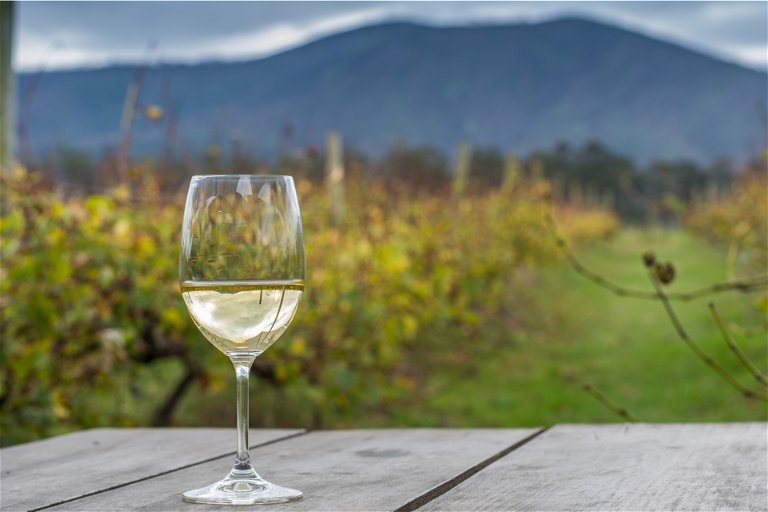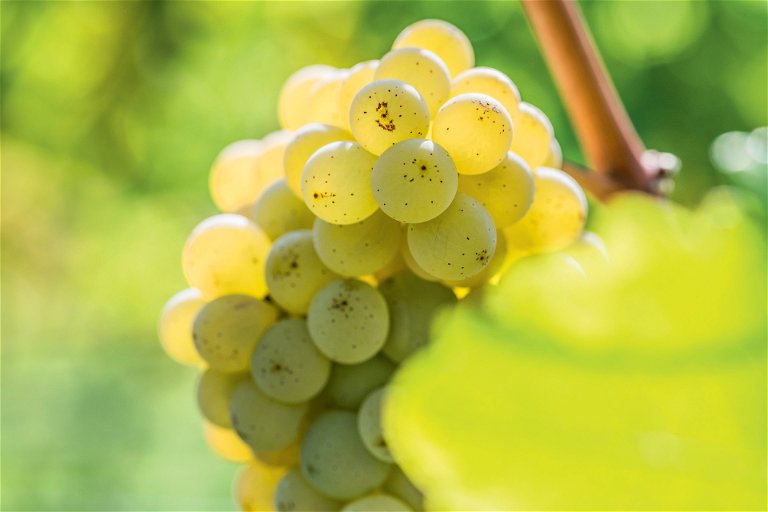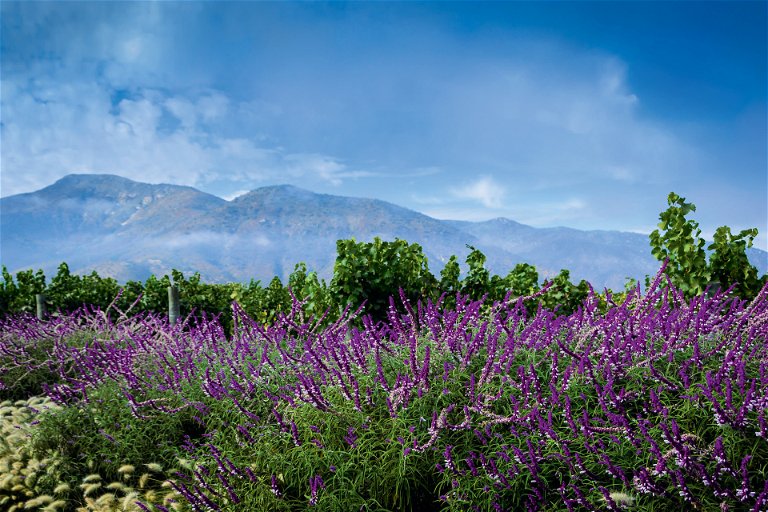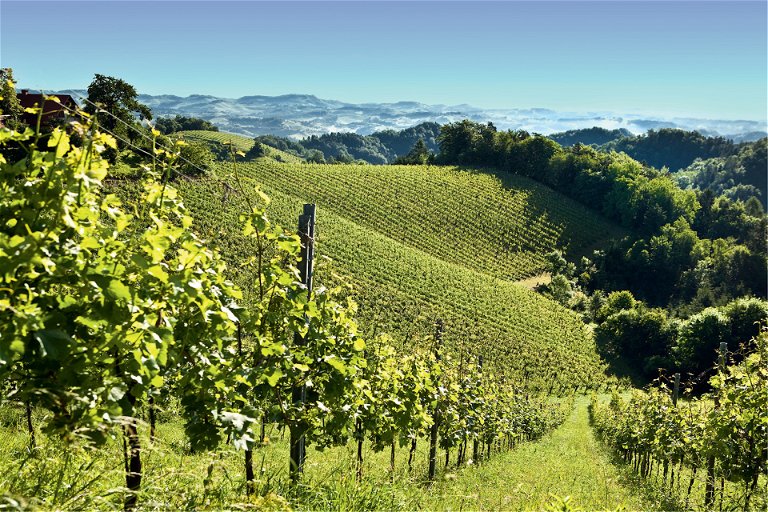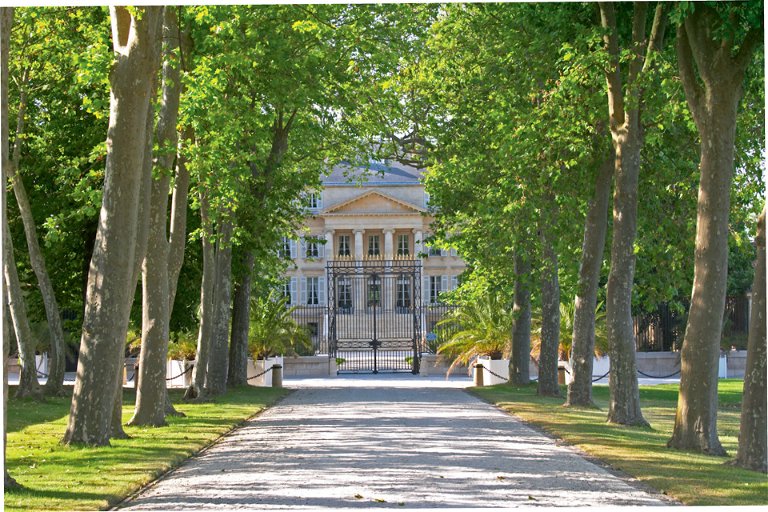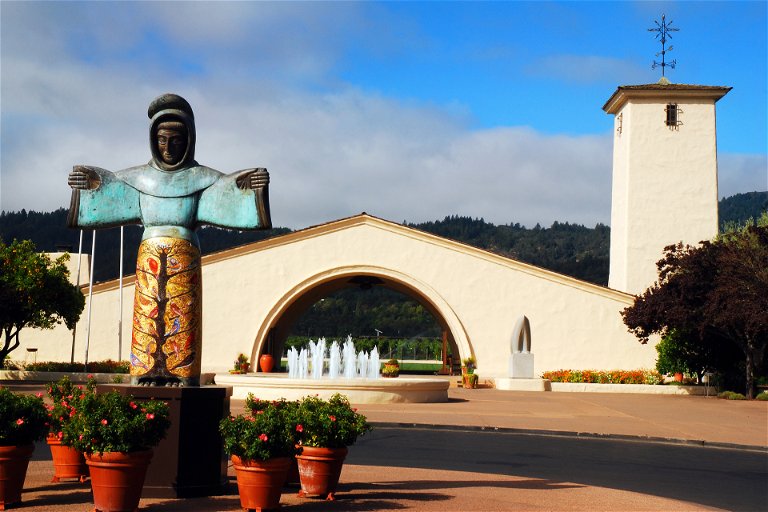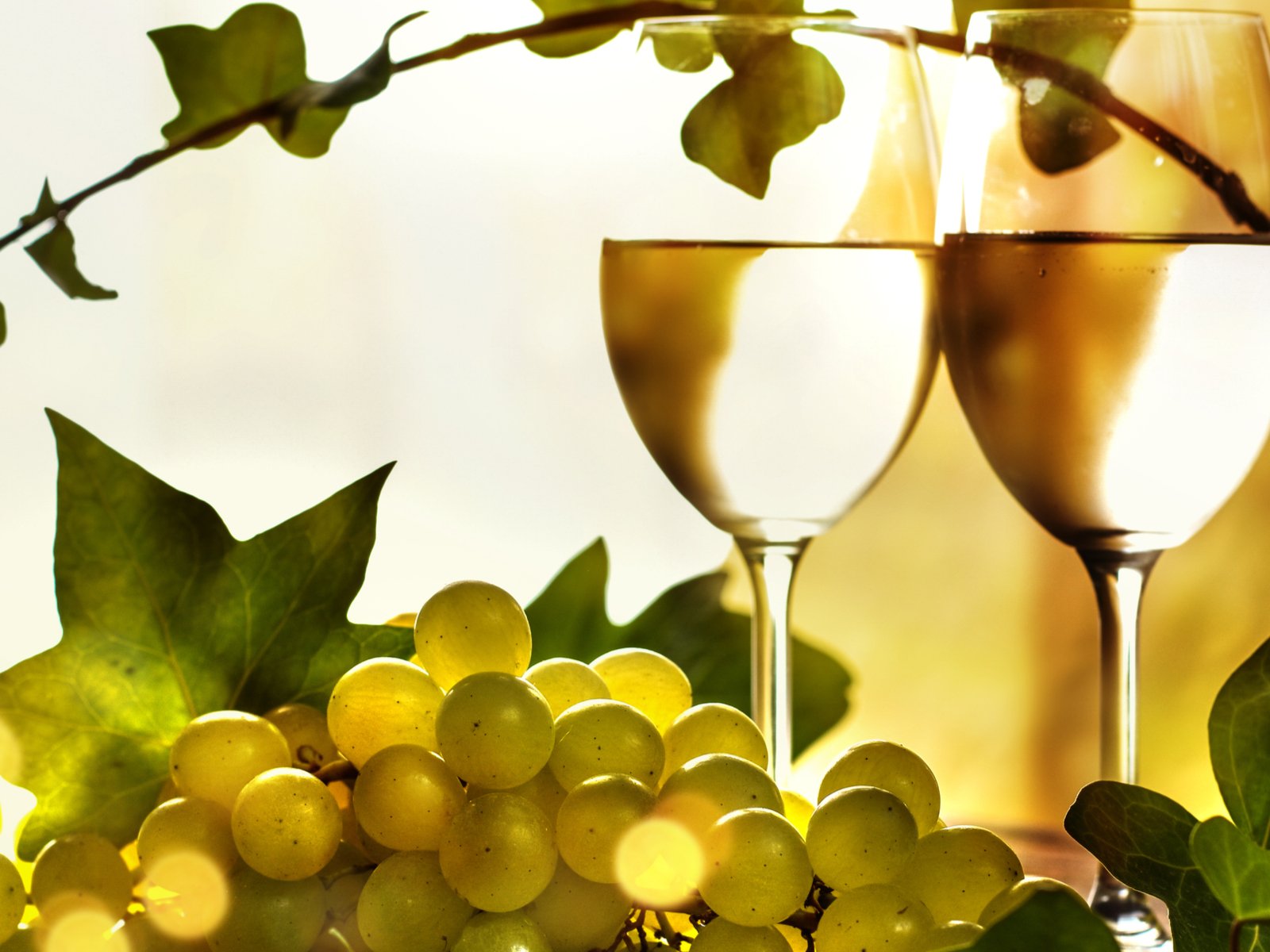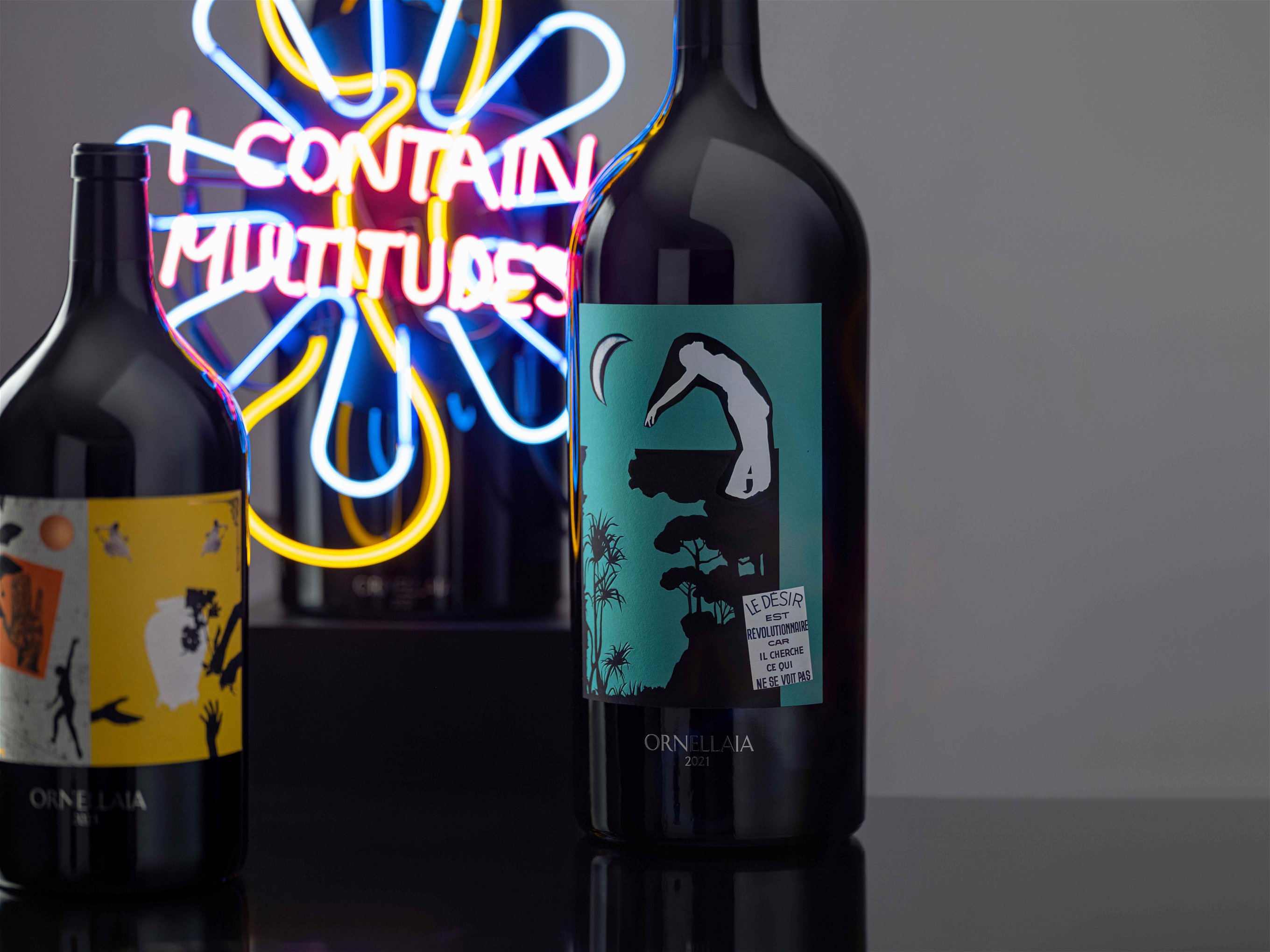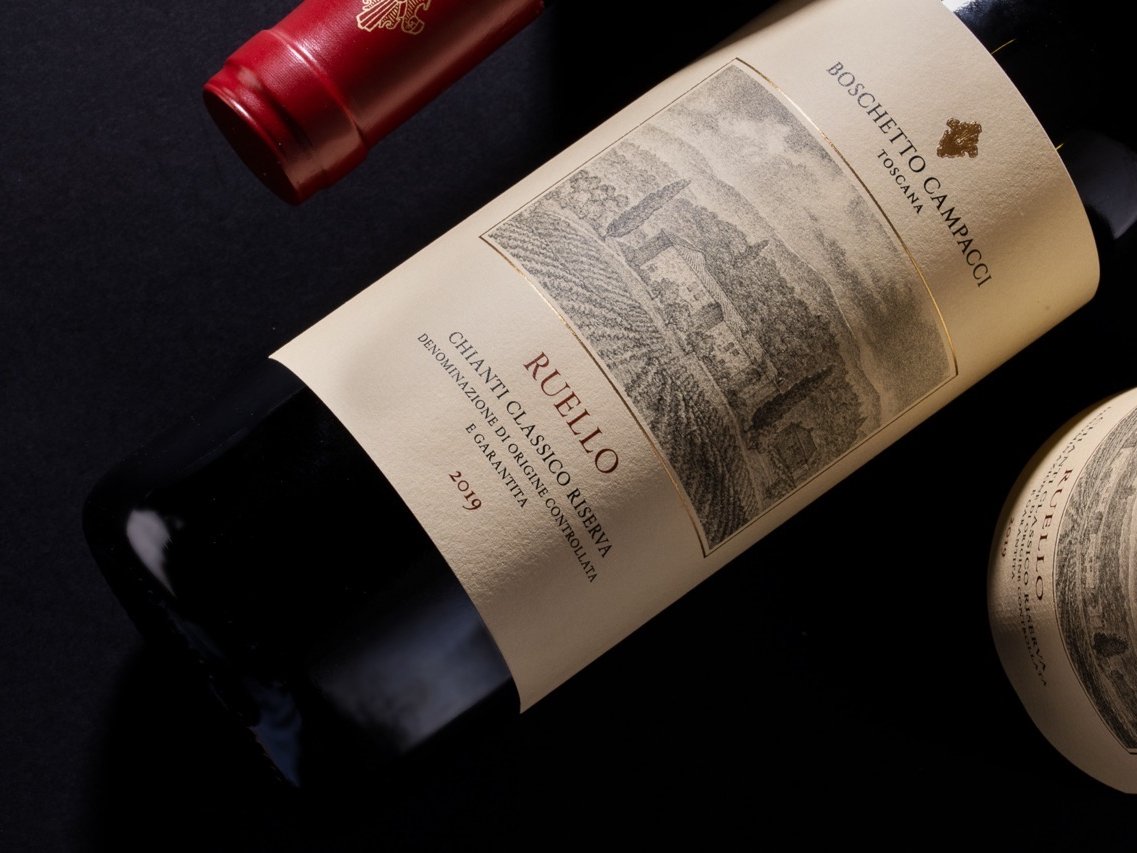How Sauvignon Blanc became a global star
From Sancerre to South Africa, via Marlborough and Chile to Bordeaux, Sauvignon Blanc has had a stellar rise. Falstaff traces the story of its extraordinary success.
The scent is unmistakeable; hints of nettle and boxwood, of passion fruit and peach, followed by zesty lime freshness: this is the Sauvignon Blanc we all recognise. Subtler versions have restrained aromas and, if you are lucky, wonderful depth that speaks of site and soil, rounder versions are smooth with oak which brings out the exquisite, full-fruited juiciness at the heart of this variety. It is successful when it is flamboyant and convincing when it is demure. Sauvignon Blanc is one of the world’s most sought-after grape varieties. Its history is long, its rise has been stellar.
Global Sauvignon Blanc plantings have doubled from just over 65,000 hectares in 2000 to almost 130,000 in 2020. Looking back one decade further, there were just 46,000 hectares in 1990, amounting to an almost threefold increase of global Sauvignon Blanc in three decades. What better proof could there be of Sauvignon Blanc’s absolute and enduring popularity?
Calculations by the University of Adelaide show that Sauvignon Blanc was the world’s “most expanded” white grape variety of the past decade. Interestingly, most of this growth has been in the New World, far away from the variety’s origins in the temperate regions of central France.
The origins & nature of Sauvignon Blanc
Genetic studies surmise that Sauvignon Blanc must have originated somewhere in central France. Its earliest mention dates to 1534 in the Loire Valley when French writer François Rabelais mentioned it under the local name of Fiers. It first appeared as Sauvignon Fumé of Blanc Fumé in the central Loire and is the grape behind the famous wines of Sancerre and Pouilly-Fumé. It is not mentioned until the early 18th century in Bordeaux where it is a key variety in the dry white wines of Bordeaux, namely those of Graves and Pessac-Léognan where it is usually blended with Sémillon. Sauvignon Blanc loves cooler climes and feels at home in the temperate latitudes of the northern and southern hemispheres, its early to mid-ripening nature has lent itself to cooler inland and brisk coastal areas. Climate is key to its vivid aromas: from cooler to warmer areas its herbal savour ranges from green bell pepper, cut grass and nettle via boxwood to tomato leaf. Its fruit spectrum takes in the sharper end of citrus, from lime via grapefruit to lemon, as well as white and yellow fruits from apple tartness all the way to tropical richness – especially the tangy ripeness of passion fruit. But while these flavours were always there, it took a certain winemaking style to actually express them.
Flavour – at last!
It took a while for the breakthrough to happen, but when it finally did its impact was tremendous. In the mid-1980s the wine world was a different place: Europe’s classic wines held sway, at least in the UK wine market, and the so-called ‘New World’ was just emerging. Wine was still seen as somewhat elitist and appellations like Chablis, Sancerre and Graves often were the dry white wines of choice, supplemented by Italian Soave, very restrained, often to the point of near neutrality. When suddenly wines were poured that were redolent of lime and passion fruit, nettle and grass, when zesty citrus hit the pleasure centres of the brain and made the mouth water, there was real excitement. What was this alluring, highly scented white wine that packed such a punch and was so refreshing and easy to drink? That was New Zealand Sauvignon Blanc. A white wine like it had never been tasted before.
A Kiwi coup
At the time, New Zealand’s wine industry was small and dominated by high-yielding Müller-Thurgau that would ripen in the cool climate but made rather uninspiring wines. Government premiums were paid for grubbing up vineyards and in 1981 there were just 2,600 hectares of vines in New Zealand. But some enterprising spirits had planted Sauvignon Blanc, thinking it might suit the climate. Their hunch was right. Marlborough’s cool but sunny, coastal climate and its poor, free-draining soils suit the vigour of Sauvignon Blanc. Winemaking also played a decisive role. Vinifying Sauvignon Blanc in temperature-controlled stainless steel unleashed all its vibrant aromatic potential. With its pungent flavour and tropical headiness, Marlborough Sauvignon Blanc was a completely new style of wine. Montana, now known as Brancott Estate, was a big and corporate player in New Zealand with land in Marlborough. They first harvested Sauvignon Blanc in 1979 with a first proper vintage in 1980, putting some volume behind the emerging phenomenon. Smaller players also started making Sauvignon Blanc. When an Australian, David Hohnen of the Cape Mentelle estate in Margaret River, Australia, tasted Sauvignon Blanc that had been made in Marlborough, on the northern tip of New Zealand’s South Island, he sniffed opportunity. He founded Cloudy Bay, released the first vintage in 1985 and the rest is history. Marlborough Sauvignon Blanc became a runaway success: despite its premium price it was affordable and available. With its straightforward varietal labelling it required no arcane knowledge and convinced a whole new set of people to drink wine. Its emergence not only changed New Zealand’s wine industry but the world’s.
New Zealand today
Marlborough in the north of the South Island, now as then, is the centre of Kiwi Sauvignon Blanc. Today, there are 26,559 hectares of Sauvignon Blanc in New Zealand, 23,834 hectares of which are in Marlborough. The broad Wairau Valley produces wines with fruitier, riper flavours. The Awatere Valley to the south is cooler and favours greener notes, sometimes even of pea shoot and green asparagus.
New Zealand Sauvignon Blanc still enjoys a top spot in the UK white wine market. But where pungency once was the rule, a still vibrant but more elegant style has taken over. The passion fruit, peach and lime notes are as pristine as ever, but there is altogether more harmony in these wines than there used to be. Ben Glover of Zephyr wines in Marlborough has seen the Sauvignon Blanc story from its beginnings: “With barely 35 years under its belt, Marlborough Sauvignon Blanc has demanded and still does demand a place at the top table of desirable white wines globally,” he says. “From humble, gutsy, pioneering beginnings of small producers to large corporates eyeing the golden goose, it has grown to an industry exporting over a billion New Zealand dollars.” He notes that the very small harvest of 2021 and the impact of the Covid pandemic are “catalysts providing positive disruption and change” from what also is often seen as an extreme version of industrial farming. “Luckily for Sauvignon Blanc, there are a few boundary-pushing winegrowers that are exploring the spectrum of what this variety can be.”
And while Marlborough Sauvignon Blanc is indeed a recognisable style, there are real stylistic differences between winemakers and estates. Yes, the cool, stainless steel-fermented style takes pride of place but there is plenty around the fringes. Styles aged in used and new oak are plentiful, as are more artisanal styles that gain additional texture from lees – and there even are later releases of older vintages – a textural and sensorial treat that presents notions of stone, smoke and profound fruit.
And in case you were wondering: the world-famous label of Cloudy Bay is strikingly accurate: like an afternoon snapshot of the Richmond Range, fringed with white cloud.
Chile
Across the South Pacific in Chile, it is the same ocean that gives unique flavours to Chilean Sauvignon Blanc. Chile’s wine industry was initially concentrated in the Central Valley – that long, flat stretch of land between the Andes and the Coastal Ranges with perfect conditions for ripening red grapes like Cabernet Sauvignon, Carmenère and Merlot. Since then, both the foothills of the Andes and the cool regions across the Coastal Ranges have become new wine regions. Chile had its own pioneers like Pablo Morandé, who was the very first to plant vines in the Casablanca Valley, cooled by the Pacific Ocean. Ricardo Baettig, chief winemaker at Morandé explains: “The Coastal Range is the place for Sauvignon Blanc in Chile, due to the Humboldt Current it is quite cool. Until Morandé pioneered the area, in 1982, that region was not a wine region.”
Today, Leyda, Casablanca, Paredones on the so-called Costa Fría, or cold coast, of the Colchagua Valley are all key regions for Sauvignon Blanc in Chile. There are Sauvignon Blancs from further inland, too, the difference can be tasted: the coastal wines brim with lime freshness and brisk, green notes while the wines from the inland valleys show more tropical fruit. Baettig characterises the variety in Chile thus: “Chilean Sauvignon Blanc to me is a mix of highly citric character and restraint. We are somewhere between the Old and New World in style, with a unique character: fruit with some herbal, zesty citrus and a stony saltiness in the mouth.” No wonder plantings have increased from 6,662 hectares in 2000 to 15,000-plus today.
South Africa
South Africa’s Sauvignon Blanc story also is one of expansion: the area planted increased from just 5,436 hectares in 2000 to 9,844 in 2020. It is the third-most planted white grape variety and its presence has grown despite South Africa’s vineyards generally contracting – demonstrating the increasing importance of Sauvignon Blanc to South Africa’s wine industry. It thrives across the Cape winelands and is outstanding in sites close to the ocean. While South Africa, just like Chile, followed in New Zealand’s footsteps initially with a leafy, herbaceous style, today South Africa is one of the most exciting countries for different expressions of Sauvignon Blanc. Rüdiger Gretschel, technical director at Vinimark and longstanding winemaker at Reyneke Wines, notes: “In terms of South African Sauvignon Blanc, we have walked such a path; initially trying to mimic New Zealand, we did ourselves no real justice with that. Now we are starting to see a focus on how and where we grow the grapes, now Sauvignon Blancs from South African wine regions are all markedly different – that is exciting. That is how it is supposed to be. It is a wonderful grape to really show versatility from a regional point of view. You can distil it down to a single vineyard.” The wines without oak sport tropical or greener notes, depending on how cooled by ocean breezes the vineyards are, some of them are astonishingly saline and almost reminiscent of the sea. The oak-aged wines are fascinating, complex and age-worthy, collectible even. South Africa is the country to watch for lovers of fine Sauvignon Blanc.
California
California has written a milestone chapter in Sauvignon Blanc’s history. There are almost 6,500 hectares across the state with a sizeable portion in northern California’s foremost growing regions: Sonoma and Napa Valley. While first planted in California in the 19th century, in the mid-20th century Sauvignon Blanc was made mainly into sweetish wines for easy drinking. But quality pioneer Robert Mondavi (1913-2008) wanted to make a fine, dry wine, inspired by the elegant Sancerres and Pouilly-Fumés he had tasted in France. He started experimenting and was surprised by how popular the wine became, right from the inaugural 1966 vintage onwards – and decided to call his wine Fumé Blanc. He recalled in his autobiography Harvests of Joy: “I didn’t think our Fumé Blanc would go over well at all, but it proved to be a tremendous success. We had the same reaction from all our preliminary tastings. When we formally brought out the wine in 1968, the name and the wine were enormous hits.” His success established the variety in the US. To this day, Sauvignon Blanc is grown in the To Kalon vineyard. The To Kalon Vineyard I-Block Fumé Blanc is made from the oldest, gnarliest Sauvignon Blanc vines in the vineyard. It is a wine of uncommon intensity and profound expression, fermented in oak and destined to age. The wine is so rare, it is only sold at the winery. Wine lovers, however, can get a proximation of it by tasting To Kalon Fumé Blanc, from younger vines, which is oak-fermented and has a small addition of Sémillon. Generally, Californian Sauvignon Blanc is rounder and riper than styles from New Zealand, Chile or South Africa. The global success of Sauvignon Blanc, and the fact that people shop by varietal name, has prompted Mondavi to move away from the brand name Fumé Blanc for their estate wine which is now labelled Sauvignon Blanc. Mark de Vere MW, director at Mondavi winery, says about the oak-aged wines that are made: “I think there is a place for high quality barrel fermented Sauvignon Blanc which has a completely different complexity and character from the immediate appeal of the cool-climate stainless steel style.” He also raises an interesting point: “I think California Sauvignon Blanc, especially from Napa Valley, has wonderful potential. To Kalon is a wine more of terroir than variety, it speaks more of the To Kalon vineyard than it screams varietal character, it is the perfect variety to translate this terroir into a white wine.” Who knows how many more stellar Sauvignon Blancs there could be in Napa Valley if not all the best sites were planted to Cabernet Sauvignon – it is a commercial reality that a lot more money can be made with these bold red wines than Sauvignon Blanc. Californian styles show the climatic versatility and adaptability of the variety.
Styria – Steiermark
Over the past two decades, another world hotspot for fine Sauvignon Blanc has emerged in an unlikely place: in the remote and verdant region of Styria, or Steiermark in German, deep in Austria’s south, on its border with Slovenia. The variety has long been present in the region but was known as Muskat-Sylvaner and not identified as Sauvignon Blanc until much later. High altitudes, limestone and volcanic soils and a marginal climate allow Sauvignon Blanc to ripen very slowly, allowing for full aromatic development and heightened expression in wines that are exquisitely light in body yet profound and full-flavoured. Armin Tement, one of Styria’s foremost producers of Sauvignon Blanc, explains: “I think Styria with its marginal, cool, damp climate offers very particular conditions for Sauvignon Blanc, lending it unique expression. The aromatic facets we can achieve are down to late ripening that brings forth very elegant wines with much ageing potential.” He describes the typical Styrian Sauvignon Blanc as “rather quiet, with notions of currant leaves and preserved lemon with a firmly structured palate.” Styria’s single vineyard Sauvignon Blancs are in a league with the world’s best and have been one of the great Austrian success stories of recent years. At present there are 1,650 hectares of Sauvignon Blanc in Austria.
Alto Adige
A much smaller Sauvignon Blanc spot is Alto Adige in the Italian Alps where it grows at altitudes of up to 600 metres, mainly on soils of porphyry, gravel, limestone and dolomite. It is a relatively late arrival in the area, but its presence has steadily increased from the early 1990s onwards to just below 500 hectares. It is the combination of intense, southern sunshine and altitude that makes the difference: the wines can be full-bodied and take well to oak ageing but have the precision and acidic backbone to balance this. It shows how versatile Sauvignon Blanc really is and in what a wide spectrum of conditions it can flourish. Herbal notes and elderflower are aromatic markers, alongside peach and tropical fruit notes.
Bordeaux
It is not white but red wine that most people associate with Bordeaux, yet the great white wines of the region, especially those from Pessac-Léognan and Graves are some of the best whites in the world. They exist in the shadow of their red counterparts but are classics in their own right. In fact, there used to be a lot more white wine in Bordeaux; a devastating frost in 1956 prompted much replanting. Across the region, there are roughly 5,000 hectares of Sauvignon Blanc. While the acreage and quantity of white wine has shrunk, quality has increased immensely. This is mainly down to the research conducted by one man, the late Denis Dubordieu (1949-2016), winemaker and oenology professor at Bordeaux University. His findings had a profound effect on viticulture and winemaking. The main appellations for dry white Bordeaux are Entre-deux-Mers, Graves and Pessac-Léognan. Two rivers, Dorgogne and Garonne, running into the Atlantic via the Gironde estuary, have deposited sands, gravels and clay in various proportions, creating well-drained vineyards that nonetheless hold sufficient water. In Bordeaux, Sauvignon Blanc is usually blended with Sémillon which lends body and roundness while Sauvignon Blanc provides freshness and aroma. While it often is the dominant variety in blends, some wines are made from Sauvignon Blanc alone, most famously Pavillon Blanc du Château Margaux, known by this name since 1920 and still sporting the same historic label. The simplest Bordeaux whites come from Entre-deux-Mers, are good value and intended to be drunk young, but Graves and Pessac-Léognan are concentrated and long-lived. The wines of our best-of line-up are either pure Sauvignon or (mostly) Sauvignon-dominant.
Sancerre & Pouilly-Fumé
Sauvignon Blanc is the grape behind the classic white that is Sancerre: slender, taut, fresh, restrained and softly scented. Across the Loire River is its famous neighbour, Pouilly-Fumé, known for its smoky aromas of flint. The two appellations, the most famous in France for Sauvignon Blanc, all based on Jurassic limestone, share three main soil types: white limestone, limestone with pebbles and clay with flint. It is soil and mildness of climate that defines the style of the wines: there are no cold ocean breezes here, there is no endless, blazing sunshine. The climate in the centre of France is temperate and used to be much cooler. This gave birth to the restrained, crisp style of white wine that still is a must on pretty much any wine menu. There are almost 4,200 hectares of Sauvignon Blanc in the region – but while it has a long presence and was mentioned as early as 1534, it did not become the dominant variety until the end of the 19th century. Sancerre in particular was better known for its red Pinot Noir wines. Before Sauvignon Blanc took pride of place, much local white was made from Chasselas. Nonetheless, Sauvignon Blanc proved to be a great variety to express and reflect soils. Arnaud Bourgeois of Domaine Henri Bourgeois in Chavignol – and Clos Henri in Marlborough, New Zealand – is well placed to define the grape’s expression in the central Loire. He says: “Sauvignon Blanc is a wonderful enhancer of terroir. It is important to consider the grape variety as an echo of place.” His wines, both from Sancerre and Pouilly-Fumé are distinctly different, especially with bottle age. This is why he releases older vintages. Bourgeois’ sentiments echo those of others who see Sauvignon Blanc as much more than just an expression of vibrant herbaceous and fruit flavours. How does he think the global success of Sauvignon Blanc has influenced the traditional heartland of Sauvignon Blanc, the central Loire? “I think it opened up possibilities,” he says. “People may discover our wines through wines that have been produced elsewhere.”
A reappraisal?
Is it time for a whole new chapter on Sauvignon Blanc? Is it time to see Sauvignon Blanc as a mirror of place, a translator of site? That burst of flavour from New Zealand in the 1980s was a global game-changer that put the variety in the spotlight. In Sancerre and Pouilly-Fumé, in Graves and Pessac-Léognan it already had the recognition it deserves. In its new homelands it has come of age: on the coastal ridges of Chile; in the maritime sun-kissed valleys of South Africa’s Cape, in the stony old riverbeds of New Zealand and the green hills of Styria. Sauvignon Blanc is the wine world turned on its head: its very success hides its exquisite potential; its overtness hides its inherent subtlety and depth. Go explore.
